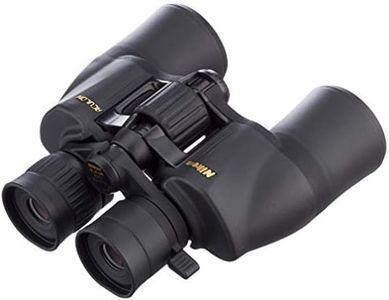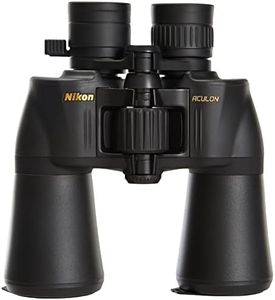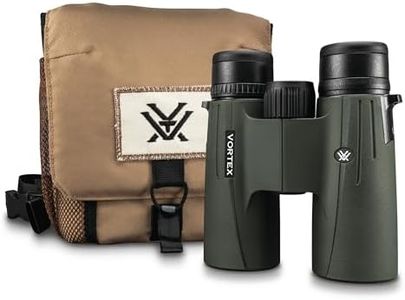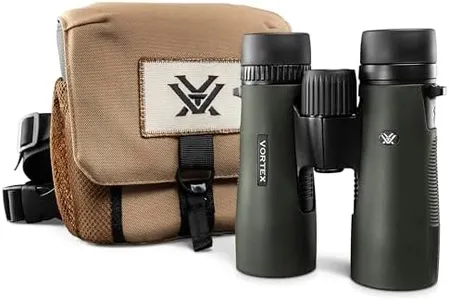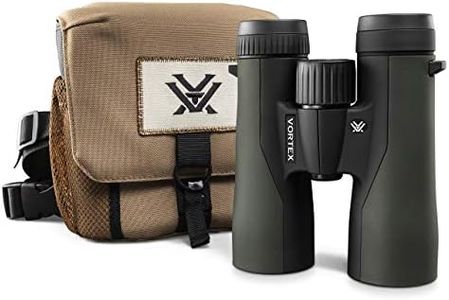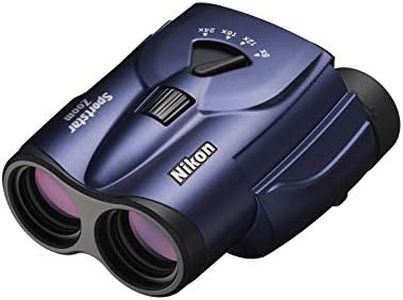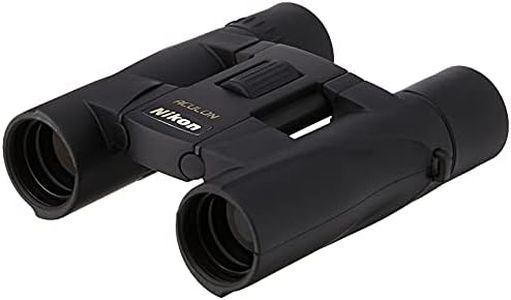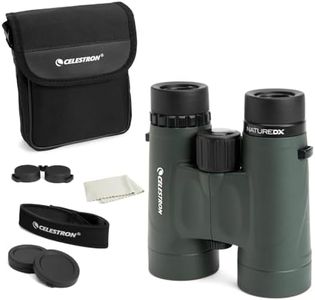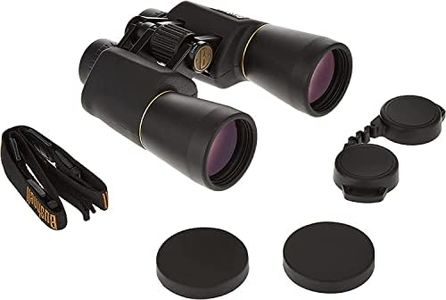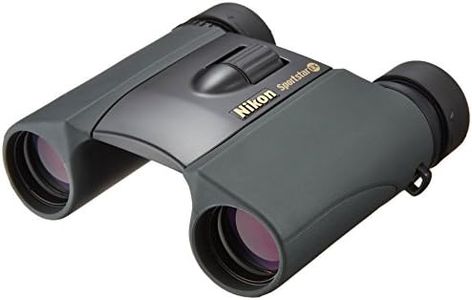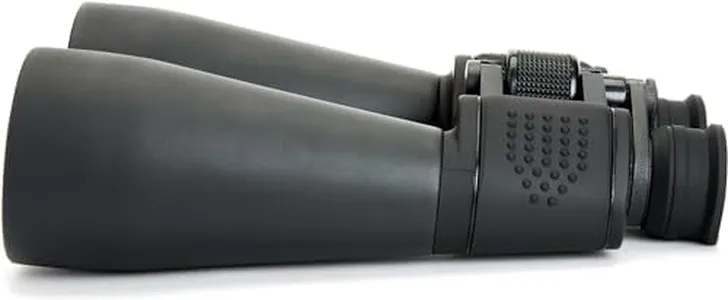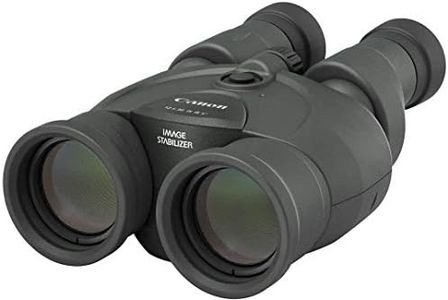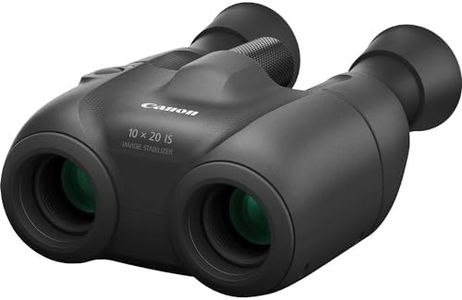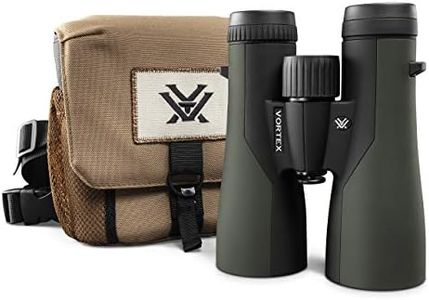We Use CookiesWe use cookies to enhance the security, performance,
functionality and for analytical and promotional activities. By continuing to browse this site you
are agreeing to our privacy policy
10 Best Zoom Binoculars
From leading brands and best sellers available on the web.Buying Guide for the Best Zoom Binoculars
Choosing the right zoom binoculars can be straightforward if you know what to look for. Binoculars with zoom features allow you to adjust the magnification for different scenarios, such as birdwatching, sports events, or scenic observation. The key is understanding which features and specifications match your needs and typical usage situations. By paying attention to a few important factors, you can find a pair that will give you clear, comfortable, and enjoyable views.Magnification RangeMagnification tells you how much closer or larger something will appear compared to what you see with the naked eye. With zoom binoculars, the magnification can be adjusted across a range, such as 8–20x. Lower magnification (for example, 7–10x) gives you a wider view and is easier to keep steady, making it ideal for following moving subjects or general use. Higher magnification (like 15–20x) brings details closer but can be harder to hold still without a tripod, and the field of view becomes narrower. Think about what you’ll use the binoculars for most—if it’s for scanning wide areas or watching sports, stay on the lower end; if you need to see fine details from far away, higher magnification could be more useful.
Objective Lens DiameterThis refers to the size of the front lenses, measured in millimeters, such as 42mm or 50mm. Bigger lenses let in more light, making the image brighter, especially in low-light conditions like dusk or dawn. However, larger lenses make the binoculars heavier and bulkier. If you plan to use your binoculars in normal daylight or need them to be lightweight for hiking, a moderate lens size is fine. If you often use them in dim light, go for larger lenses.
Field of ViewThe field of view describes how wide an area you can see at a specific distance, usually stated as meters per 1000 meters (m/1000m) or feet per 1000 yards. Zoom binoculars usually have a narrower field of view at higher magnifications. A wide field is better for tracking moving objects or scanning landscapes, while a narrow field is often a trade-off for high detail when zoomed in. Choose based on whether you want to quickly scan wide spaces or focus in on distant subjects.
Image StabilityHigher magnification accentuates hand movements, causing the image to shake. Some zoom binoculars offer image stabilization to help minimize this effect. If you plan to use high magnification or hold the binoculars for long periods, consider models with stabilization or be prepared to use a tripod for the steadiest view. For casual or short-term use, or if you’re sticking to lower magnifications, stabilization is less critical.
Ease of Use and WeightZoom binoculars can be heavier and bulkier than non-zoom types, especially with bigger lenses or stabilization features. If you intend to carry them for long hours—on hikes, for example—lighter, more compact models may be better. Also, check that the zoom mechanism is comfortable and easy to adjust so you can react quickly to changing viewing situations. Consider what feels manageable for you over a typical outing.
Eye ReliefEye relief measures how far your eyes can be from the eyepiece while still seeing the full image. This is particularly important if you wear glasses. Longer eye relief, typically above 15mm, provides more comfort, especially during extended use or for eyeglass wearers. Test to ensure you can easily see the entire field of view without straining.
